The month of Shravan, also known Sawan, is an important time in the Hindu calendar. It is dedicated to Lord Shiva, the one who represents destruction and transformation. This month is the best time to seek his blessings through fasting, prayers, and rituals. Shravan occurs during the monsoon season, when devotees focus on their faith, especially on Shravan Somwars (Mondays), which are the best days to worship Shiva. Temples fill with the sounds of chanting “Om Namah Shivaya.” The atmosphere is full of surrender, gratitude, and hope.
In 2025, people across India will celebrate Shravan with great passion, each region having its own customs and traditions. Devotees will offer water and milk to the Shivling, observe vrats (fasts), and take part in Kanwar Yatras. This month brings millions of people together in devotion. This blog will share the exact dates of Shravan 2025, explain its mythological background, highlight the importance of rituals, and give tips on fasting so that you can fully experience this sacred month.
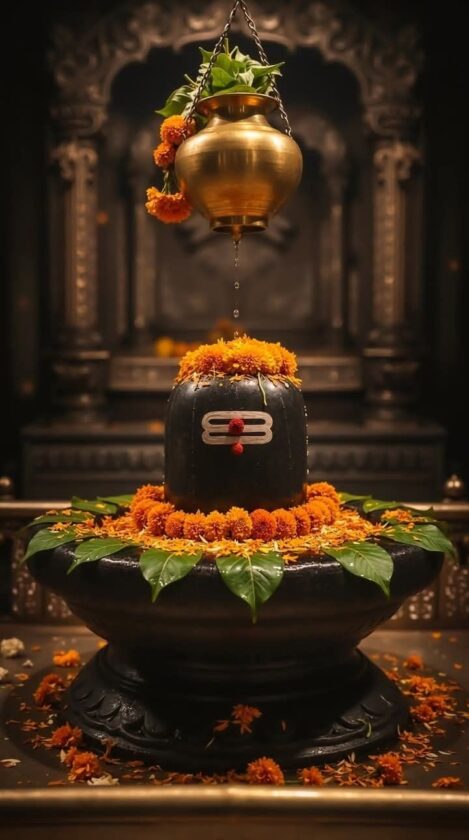
Table of Contents
Shravan Month 2025 Dates
The dates of Shravan can change a little depending on whether you follow the Purnimanta or Amavasyant calendar.
In North India (Purnimanta calendar):
- Start Date: Wednesday, 9 July 2025
- End Date: Friday, 8 August 2025

In South & Western India (Amavasyant calendar):
- Start Date: Monday, 21 July 2025
- End Date: Monday, 19 August 2025

🌙 The Shravan Somwar Vrat will be observed on the Mondays falling within this period, which are:
- 14 July, 21 July, 28 July, and 4 August (for North India)
- 28 July, 4 August, 11 August, and 18 August (for South India)
Significance of Shravan Month
The month of Shravan is celebrated as the holiest time in the Hindu calendar, particularly among those devoted to Lord Shiva. This sacred period is filled with a vibrant and uplifting energy, as many believe that divine forces are especially strong, making every prayer, fast, and ritual during this time particularly significant and fruitful. Throughout the month, followers dedicate themselves to the worship of Lord Shiva, who is honored as the powerful force against evil and an essential figure in the Hindu trinity. Devotees engage in fasting, melodious chanting, deep meditation, and meaningful pilgrimages, all in search of Shiva’s mercy, protection, and guidance.
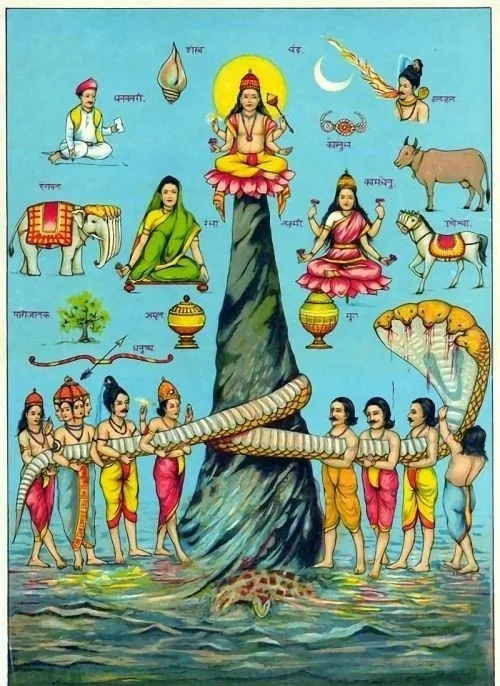
A key aspect of Shravan’s significance lies in its connection to the enchanting legend of Samudra Manthan, or the cosmic churning of the ocean. When the fearsome poison known as Halahala emerged from the ocean’s depths, it was Lord Shiva who bravely consumed it to safeguard the universe. This act of immense sacrifice is lovingly remembered during Shravan, especially through the ritual of Abhishek. In this beautiful ceremony, devotees pour milk and water over the sacred Shivling, symbolizing their gratitude for Shiva’s remarkable act of kindness. This ritual also reflects the devotee’s desire to relinquish their ego and negativity in the presence of the divine.
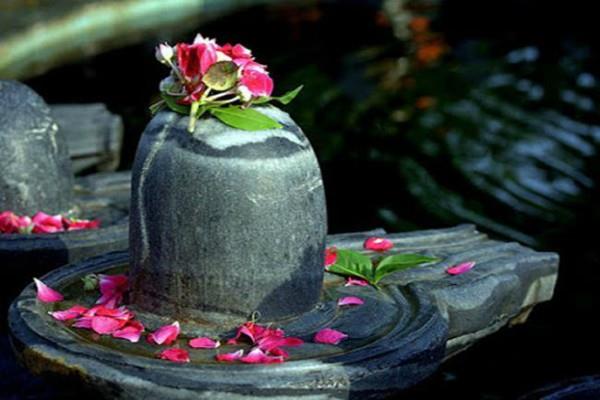
Spiritually, Shravan is viewed as a time for deep cleansing and transformation. The steady rains of the monsoon season not only refresh the landscape but are also believed to signify a similar renewal within the soul. During this time, individuals seek self-control, embrace silence, and participate in sadhana (spiritual practice) to enhance their connection with the divine. Shravan holds great importance for those wishing to achieve marital harmony, personal healing, or spiritual enlightenment, transforming it into an enriching journey for the heart and soul, filled with devotion and introspection.

Shravan Somwar Vrat and it’s Rituals
The main observance during the month of Shravan is the Shravan Somwar Vrat. This is a fast that devotees keep on Mondays (Somwar) to please Lord Shiva. Since Monday is linked to Shiva, observing this vrat during Shravan is very important. Devotees believe that fasting with true faith can fulfill their wishes, clear past karmic burdens, and bring peace, good health, and prosperity. Unmarried women keep this vrat to find an ideal partner, while married couples observe it for happiness in their marriage and family well-being.
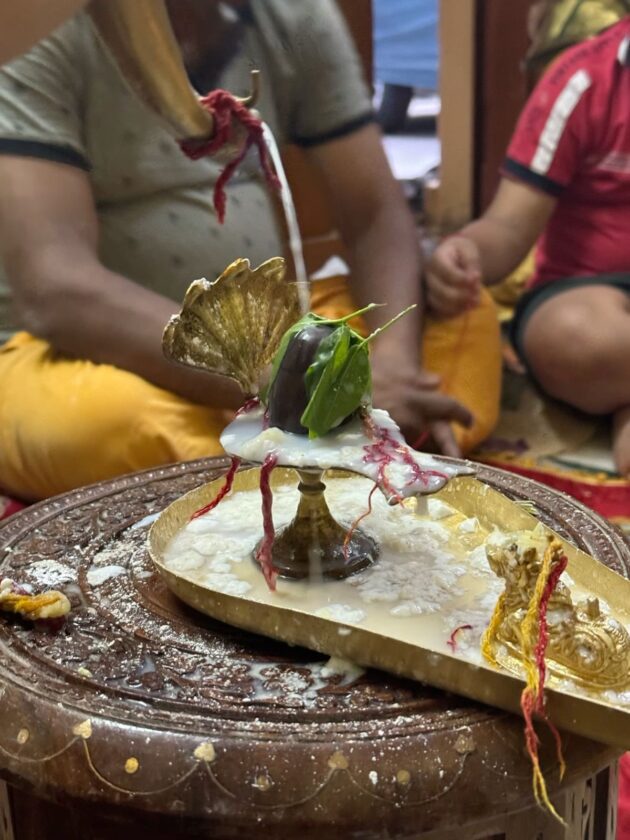
Start the day of the vrat with a spiritual bath in the morning, using water mixed with Gangajal (water from the Ganges) if possible. Clean your puja space, place an idol or image of Lord Shiva, and decorate the altar with flowers, bel patra, and rudraksha beads. Next, perform a ritual called abhishek. In this ritual, bath the Shivling with sacred offerings like water, raw milk, curd, honey, ghee, sugar, and coconut water. Each of these items has a special meaning: milk stands for purity, honey represents sweetness in speech, ghee symbolizes strength, and so on.
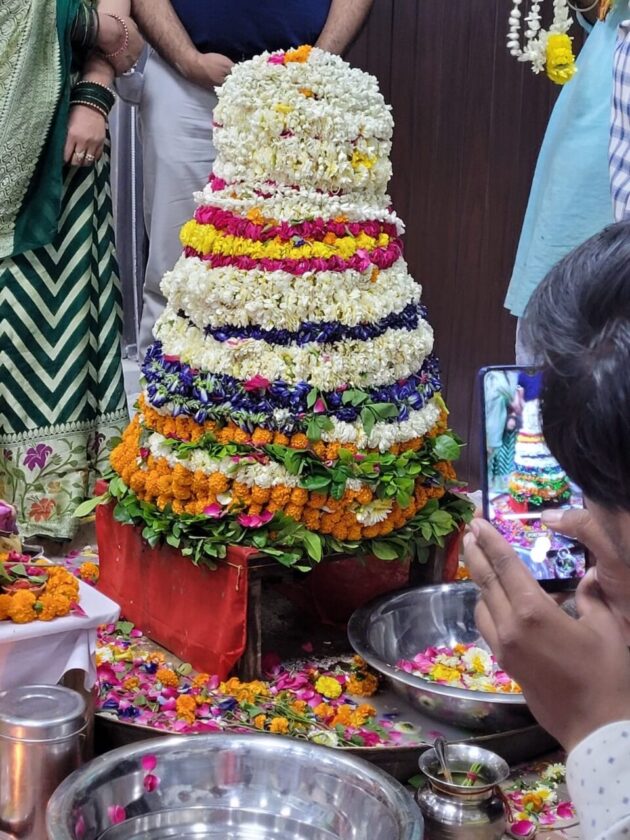
During the pooja, devotees chant Shiva mantras like “Om Namah Shivaya” and the “Mahamrityunjaya Mantra.” They also sing Shiva aartis and bhajans. A key part of the ritual is offering three bel leaves with each mantra. This tradition honors the three aspects of Lord Shiva: his body, mind, and soul. Some devotees read the Shiv Chalisa, Rudrashtakam, or Shiv Mahima Stotra to connect more deeply with their spirituality. Throughout the day, devotees aim to stay calm and peaceful, avoiding anger, gossip, and negative thoughts.

There are two main types of fasts during Shravan Somwar. The first is the **nirjala vrat**, where devotees do not eat or drink anything until the evening prayers. The second is the **phalahar vrat**, where devotees eat fruits, milk, and sattvic food once a day, usually after sunset. Many people practicing strict fasting also avoid non-vegetarian food, alcohol, onions, and garlic for the entire month. In the evening, devotees perform Shiva pooja again, and they break their fast with a light sattvic meal or fruit offering. Maintaining dedication and purity throughout Shravan is believed to bring spiritual benefits and inner strength.
Story behind Shravan
One important legend about the month of Shravan tells the story of Samudra Manthan, the great churning of the ocean. The Devas (gods) and Asuras (demons) worked together to get Amrit, the nectar of immortality. During this event, many celestial things appeared from the ocean, like Lakshmi, Airavat, and Kamadhenu. Before the Amrit came out, a dangerous poison called Halahala was released. This poison was so toxic that it could destroy all life in the universe. The Devas were scared and went to Lord Shiva for help. Shiva showed great compassion by drinking the poison to save the world. To stop the poison from spreading in his body, Goddess Parvati pressed his throat. This kept the poison there and turned his throat blue, so he became known as Neelkanth.
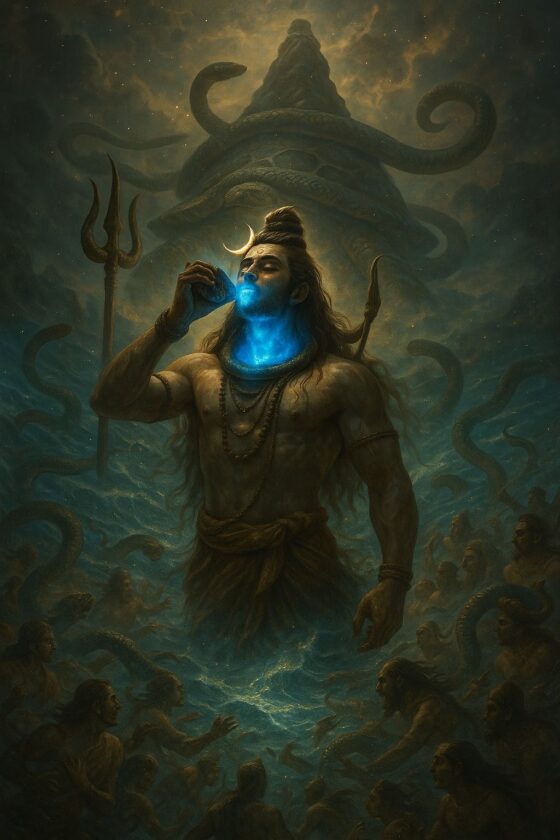
To help with the effects of the poison and show their thanks, the gods and sages poured water and milk over Shiva’s head. This practice is believed to have started the ritual called abhishek, which devotees perform during Shravan month. Each drop offered during this time represents devotion and healing, calming Lord Shiva’s inner fire from the poison. This story explains the rituals and highlights the important themes of selflessness, sacrifice, and divine protection that are central to Shravan.

Shravan Kumar is a well-known figure from the Ramayana. He was a devoted son who carried his blind and elderly parents on his shoulders in two baskets while they went on a pilgrimage across India to fulfill their last wishes. While fetching water for them, King Dasharatha, the father of Lord Rama, accidentally killed him. Before he died, Shravan did not show any anger. Instead, his parents cursed Dasharatha for the unintentional sin. People remember Shravan Kumar’s story during this month to highlight important values such as devotion, duty, and respect for parents. These qualities are especially valued during this holy time.
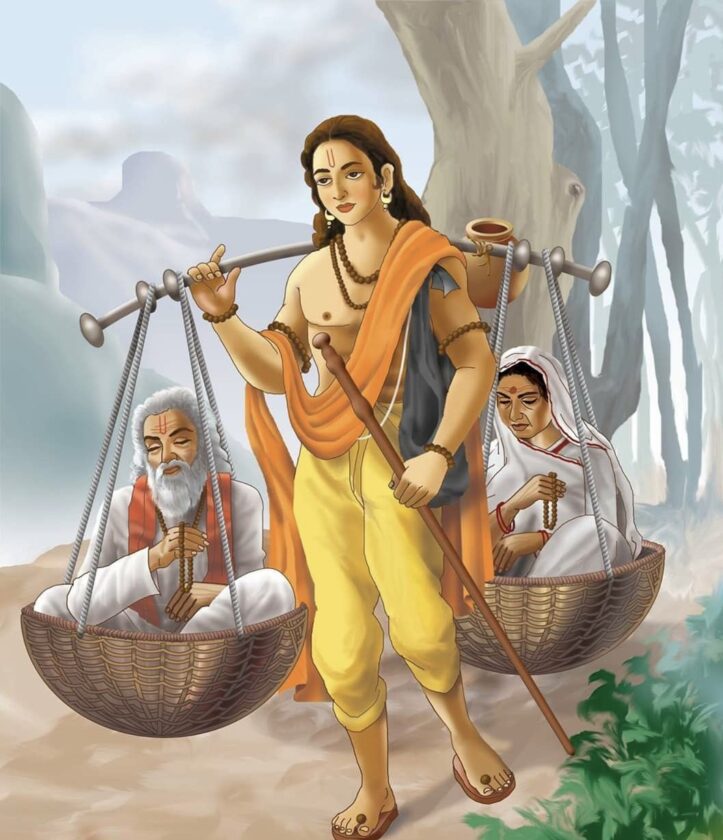
One interesting tradition during the month of Shravan is the Kanwar Yatra. This is a pilgrimage taken by Kanwariyas, who are devotees of Lord Shiva and usually wear saffron clothing. These devotees walk barefoot for hundreds of kilometers to get holy water from the Ganga River. They often collect the water from places like Haridwar, Gaumukh, or Sultanganj. They carry this water back to their local Shiva temples in special pots called kanwars. At the temples, they offer the water to the Shivling in a ritual called Abhishek. This pilgrimage is linked to the story of Samudra Manthan, where the Devas got water from the Ganga to cool Lord Shiva after he drank poison. The Kanwar Yatra is both a physical journey and a symbol of devotion, endurance, and surrender to Lord Shiva.
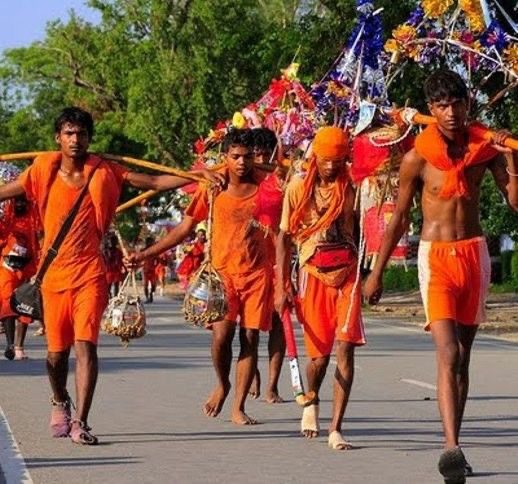
The month of Shravan is a time for rituals and fasting, focusing on deep inner change, gratitude, and spiritual growth. It teaches us about devotion, surrender, and the strength found in silence. During this month, you can observe Shravan Somwar Vrat, chant Shiva mantras, or reflect on divine stories. This is a great chance to reconnect with your higher self and seek blessings from Lord Shiva, who protects and transforms.
As we go through the sacred days of Shravan 2025, may we find peace in our hearts, clarity in our minds, and grace in our lives. Let every prayer you offer, every fast you keep, and every leaf of bel patra you place on the Shivling bring you closer to joy and spiritual fulfillment.
🕉️ “Har Har Mahadev! May Lord Shiva’s blessings guide you through every step of life.”

